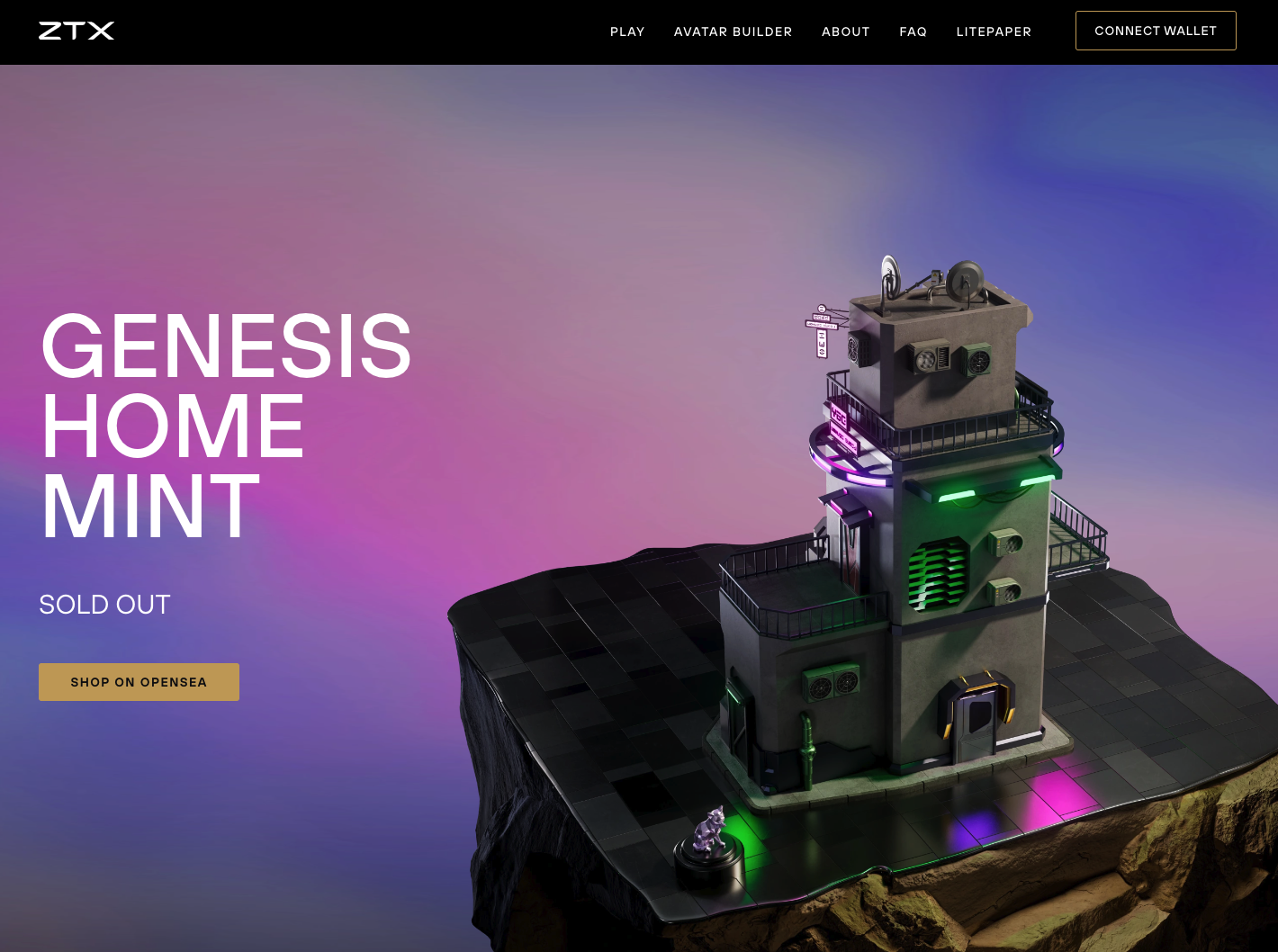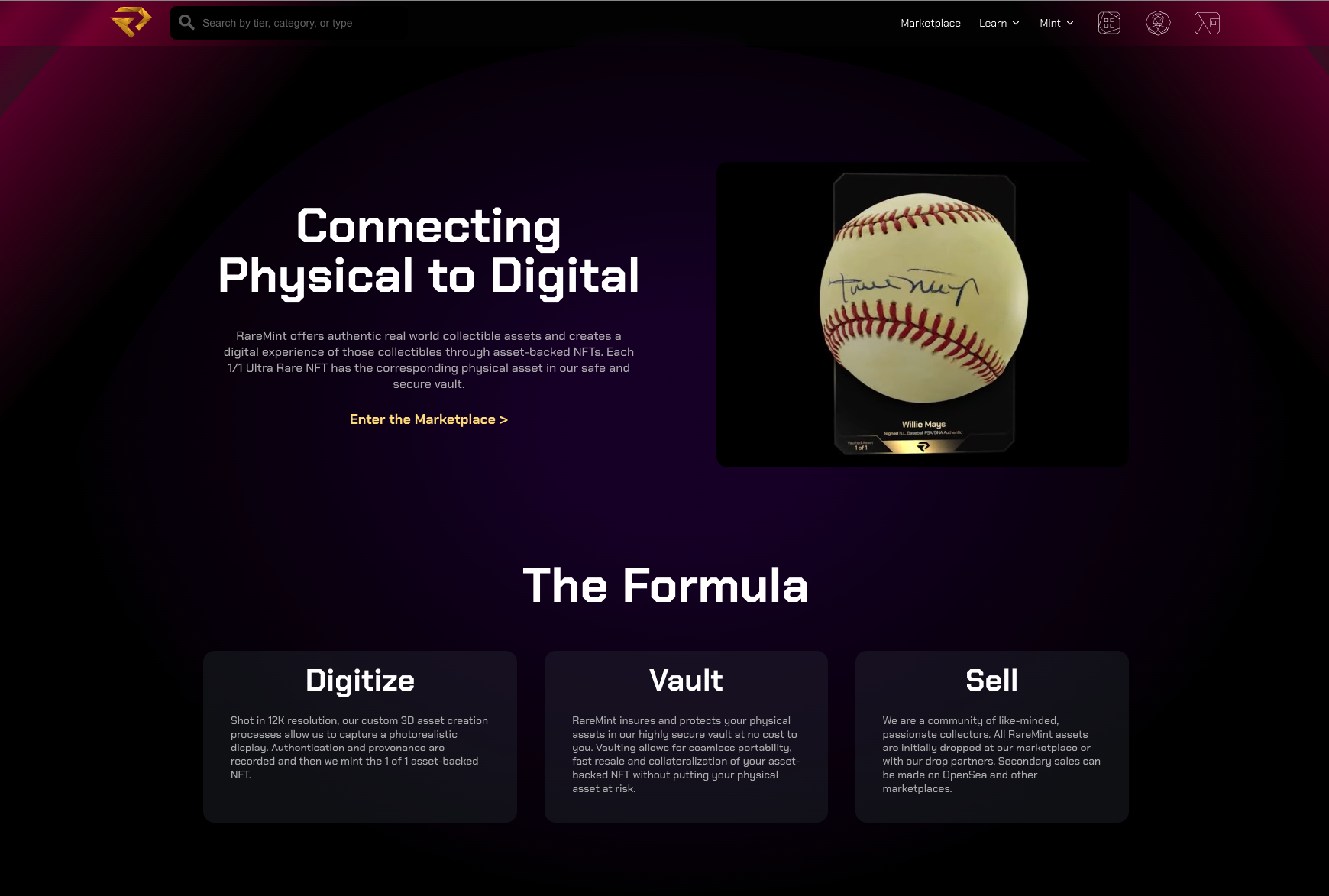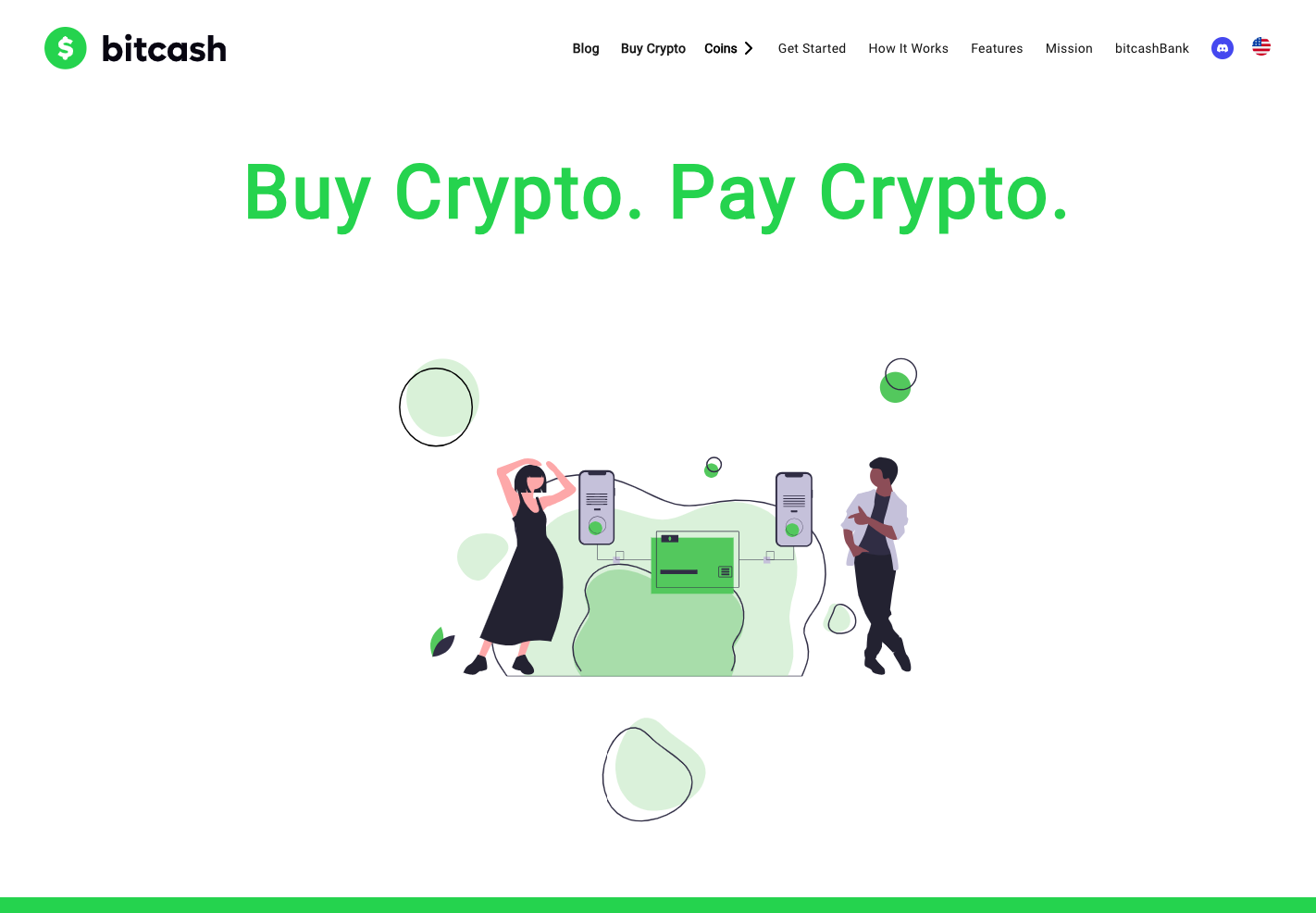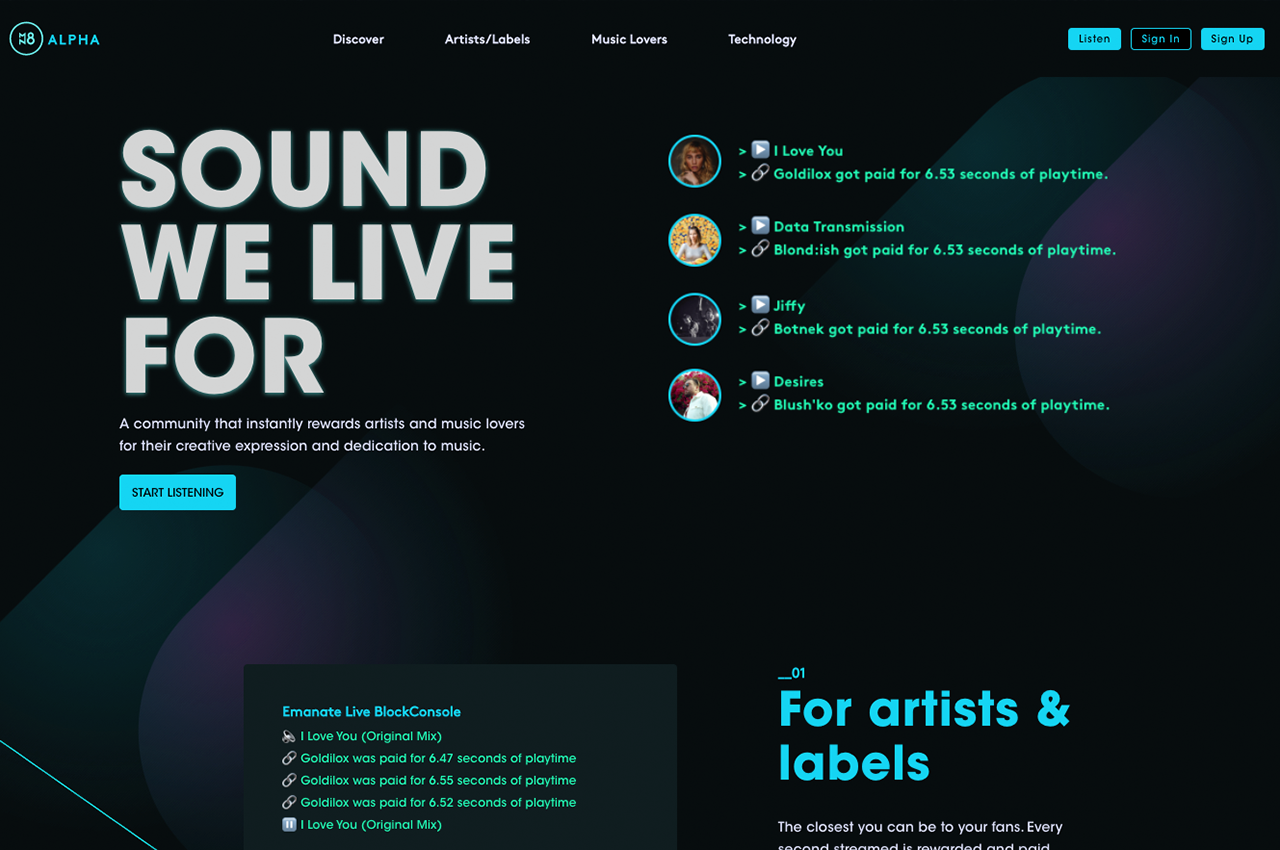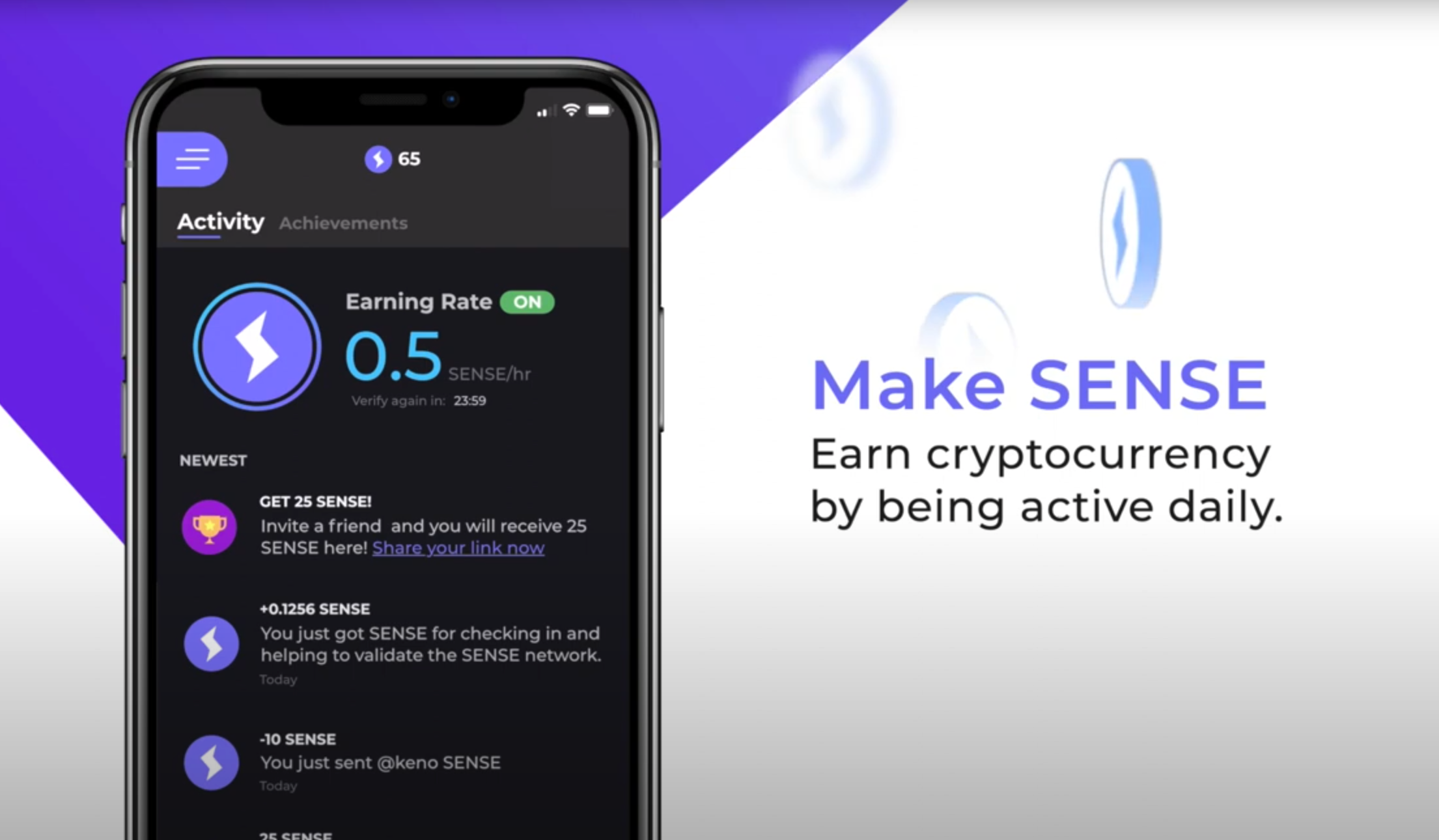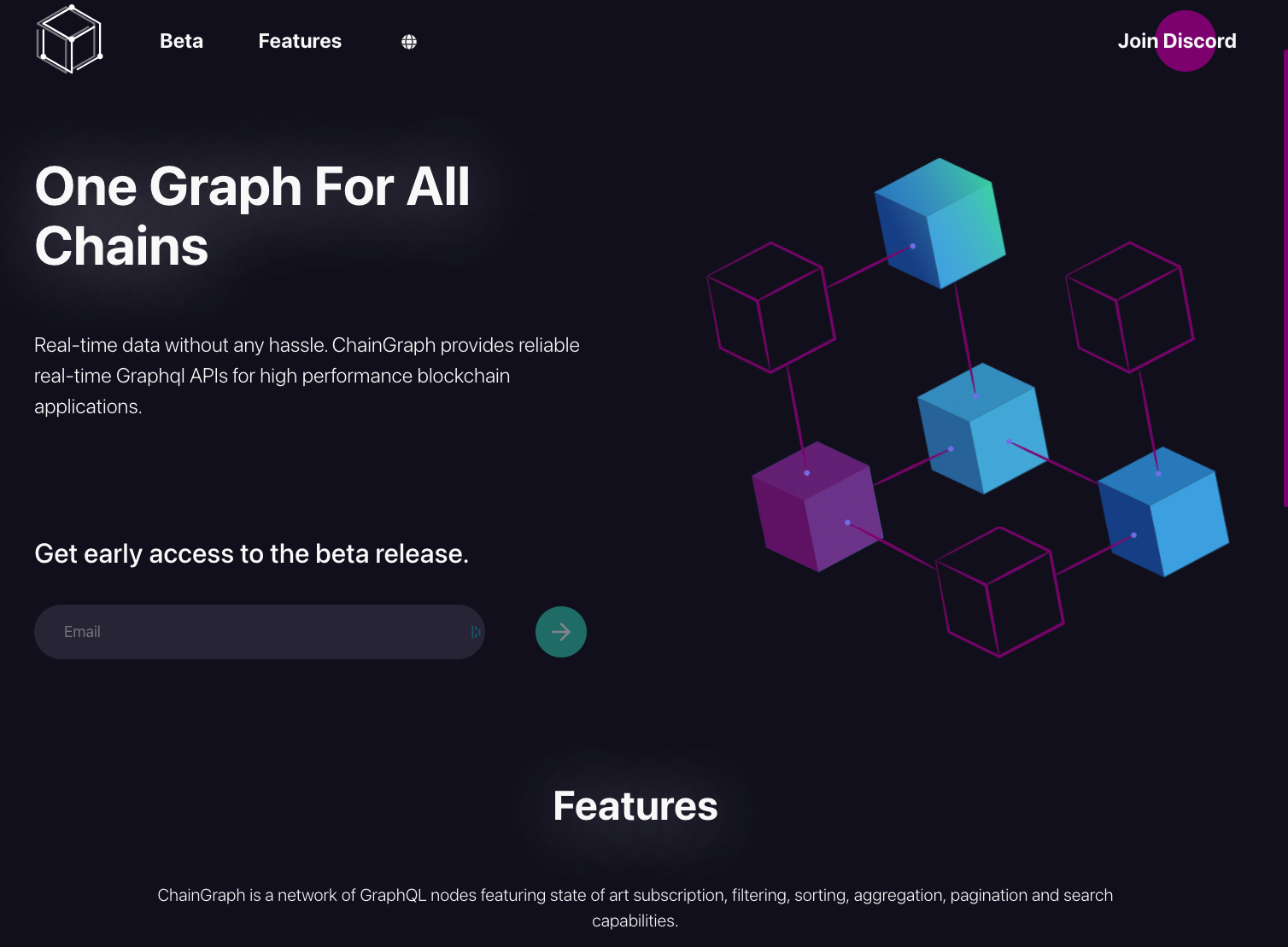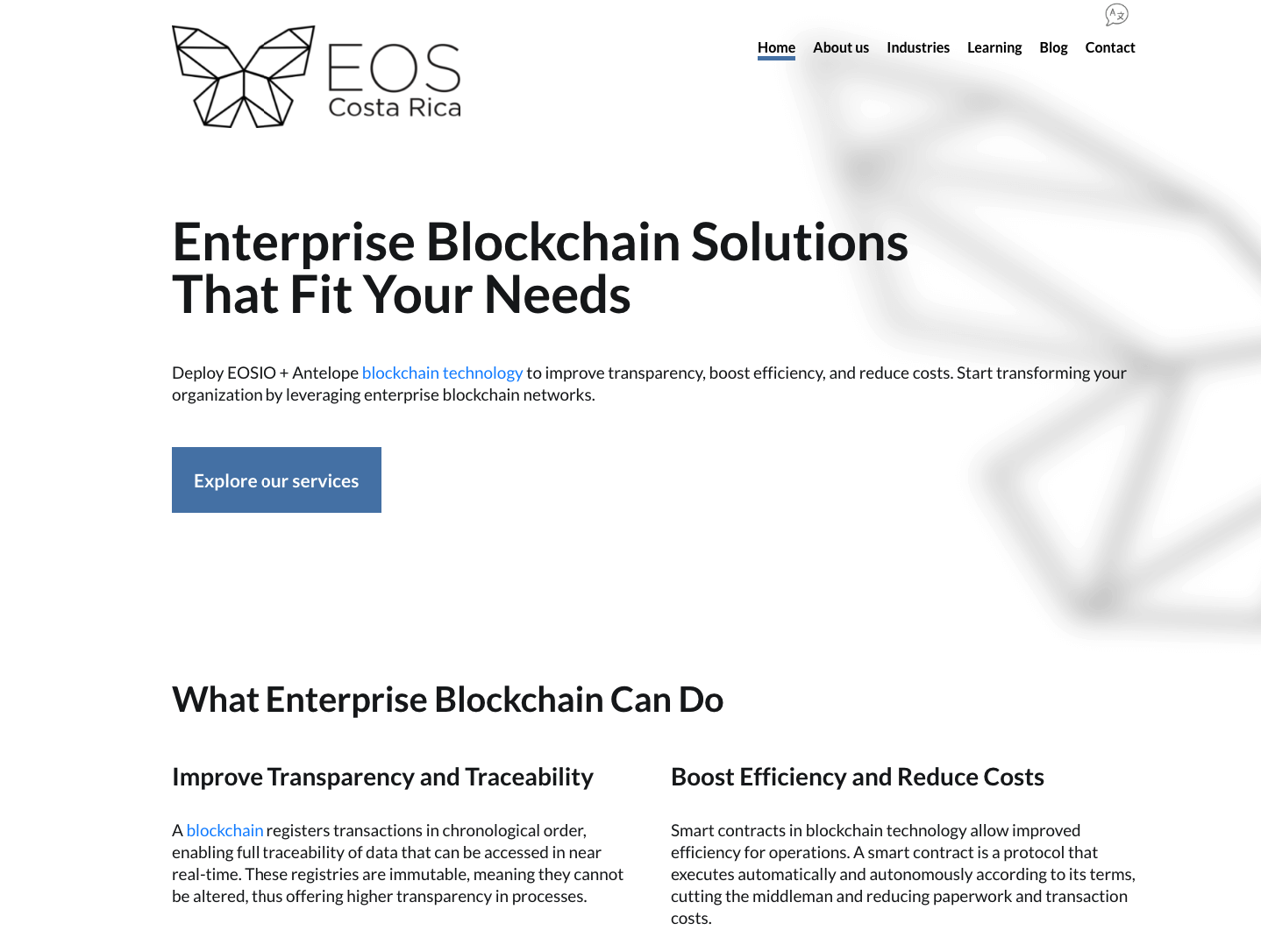Gabo Esquivel - Web3 Experience
My journey into Web3 began after years of working in traditional financial systems, where I witnessed firsthand the inefficiencies of how money moves between institutions. What drew me to blockchain wasn't just the technology itself, but its potential to transform how we create and exchange value. I remember the moment in 2017 when I first deployed a smart contract—watching code autonomously execute financial logic without intermediaries felt revolutionary. Since then, I've combined my fullstack expertise with blockchain knowledge to build systems that emphasize transparency, user ownership, and permissionless innovation—values that align deeply with my belief that technology should expand access rather than restrict it.
AMEX & Mobile Neobank
My understanding of financial systems began taking shape at American Express (2009-2012), where I worked as a UI Engineer on their credit card platforms. Beyond just building interfaces, I had the opportunity to collaborate directly with payment processing teams, giving me a rare glimpse into how money actually flows through traditional systems. I was surprised by the layers of intermediaries and manual processes hidden behind what users experienced as simple transactions. These observations planted the seeds for what would later become a fascination with more efficient financial models.
In 2015, I took on the role of Lead Architect for Wink, Costa Rica's first digital bank. Building a fully-regulated neobank from scratch was eye-opening—I saw firsthand how challenging it was to innovate within established regulatory frameworks. While we succeeded in creating a more user-friendly banking experience, I found myself increasingly wondering if financial services could be reimagined more fundamentally. The limitations we encountered with traditional banking partners made me receptive to the decentralized finance concepts I would later explore.
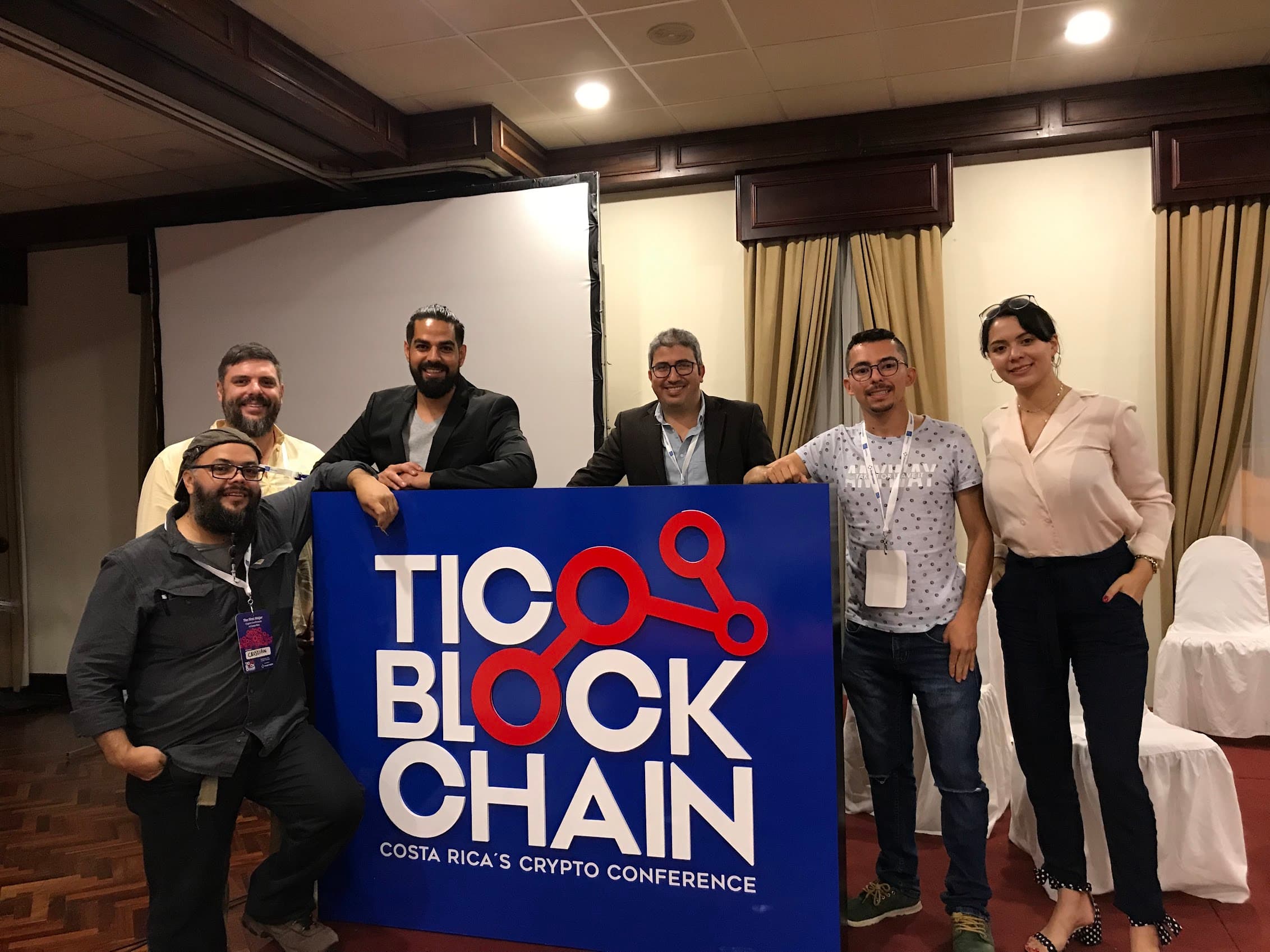
Entering Web3: Knowledge ICO
My formal entry into Web3 came in 2017 through Knowledge.io—one of the earliest platforms attempting to tokenize human expertise. What excited me about this project was its potential to create more direct relationships between knowledge sharing and reward systems. I still remember the moment I deployed my first ERC20 token to Ethereum—watching the transaction confirm and seeing the token appear in a test wallet was thrilling. As lead full-stack developer, I built both the token system and a knowledge graph visualization that made expertise networks visible to users. The technical challenges of wallet integration and token distribution taught me fundamental Web3 concepts, but more importantly, this project showed me how blockchain could create entirely new models for valuing human contributions.
EOS Era: Fast Confrimations & WebAuthnN
From 2018 to 2020, I focused on the EOS ecosystem, drawn by its performance and developer ergonomics. At EOS Costa Rica, I helped launch the EOS Mainnet, managed infrastructure for EOSIO-based validators using Terraform and Docker, and delivered custom blockchain solutions. The opportunity to help shape a nascent blockchain from its earliest days was a formative experience in my tech leadership career.
One key project was a private blockchain for Grant Thornton Labs, designed to streamline intercompany transactions and automate tax logic using a USD-pegged stablecoin. The implementation used Azurecloud infrastructure with React clients and Node.js services. The system featured immutable audit trails via IPFSand public proof publication—an early example of enterprise-grade transparency on-chain. This implementation demonstrated how traditional finance and blockchain technology could complement each other in real business applications.
I also helped develop EOS Rate, a community-driven Block Producer rating tool that became widely adopted in the EOS ecosystem. Alongside product work, I led local outreach efforts through workshops, meetups, and advocacy. Between 2019 and 2020, I also worked on two Web3 consumer apps: at Emanate, I maintained the streaming platform and managed artist revenue distribution; at Sense Chat, I helped build a secure messaging app with integrated wallet and token incentives for community engagement.
DeFi: Bitcash Bank & ChainGraph
In late 2020, I joined Bitcash Bank, a crypto-native banking experiment aimed at expanding financial access. I worked across the stack—building token dashboards, backend services, and a UI for managing balances and transactions. The product centered around a consumer-grade wallet with WebAuthN-based key management and smooth onboarding, designed for mainstream usability. I contributed to the development of a P2P system and overcollateralized crypto stablecoins for each country.
During this time, I also built ChainGraph, a high-performance blockchain indexer for EOS. It enabled fast, reliable transaction data queries, and strengthened my expertise in blockchain data structures, indexing, and real-time data pipelines. This project addressed a common frustration I had experienced repeatedly—the difficulty of accessing and working with on-chain data in real-time.
The moment when I first queried complex blockchain data with a simple GraphQL request and watched real-time updates stream into a test application felt like breaking through a barrier. Beyond the technical achievements, this project reinforced my belief that reducing friction for developers is essential for broader blockchain adoption. Creating tools that make complex technology more accessible continues to be a driving motivation in my work.
Back to EVM: NFT Marketplaces
In 2021, as NFTs reached global mainstream and trading volumes exploded, I contributed to two marketplaces exploring the tokenization of real-world and gaming assets. At RareMint, I helped build a platform for minting NFTs backed by physical collectibles. I led smart contract integration using Ethers.js, metadata pipelines, and the Remix SSR marketplace UI, supporting the initial auctions on Polygon.
At ZTX, I delivered the Web3 interface for a gaming-centric NFT platform—focusing on WebGL wallet connectivity, minting workflows, and searchable asset discovery using Next.js and Tailwind. The frontend architecture emphasized speed, modular design, and creator-first economics.
Bitlauncher: Onchain AI Capital
In late 2022, I joined Bitlauncher, a decentralized launch platform for AI startups raising capital through batch token auctions. The protocol is a fork of the widely-used Gnosis Auction contracts, adapted for fair price discovery through sealed-bid batch auctions.
I led development of the frontend and wallet flows, integrating bidding mechanisms, auction status tracking, and real-time updates into a seamless user experience. My work ensured that participants could interact with the platform securely and transparently.
Derivatives: Opyn Options
I worked closely with the Opyn team to help set up their testnet private beta frontend, integrating the protocol into early-stage interfaces and configuring the environment for internal user testing. Beyond integration, I contributed to custom frontend components and UI/UX prototypes for trading interfaces, vault positions, margin mechanics, and option flows, and also experimented with an AI assistant to support user onboarding.
This period deepened my understanding of financial primitives onchain— especially around composability, capital efficiency, and risk-managed exposure. Working with derivatives expanded my perspective on how blockchain can create sophisticated financial instruments while maintaining transparency and accessibility—principles that continue to guide my approach to Web3 development.
Projects
Let's Work Together
I typically work through remote 1099 contracts via my US-based company, Blockmatic Labs LLC. This setup gives clients straightforward contracts, built-in compliance, and IP protection. Based in Costa Rica, I operate on US Mountain Time and am just a short flight from major US cities.
If you’re exploring something ambitious—a decentralized system, an AI-powered product, or an idea that needs a strong technical foundation—I’d be happy to hear from you.


